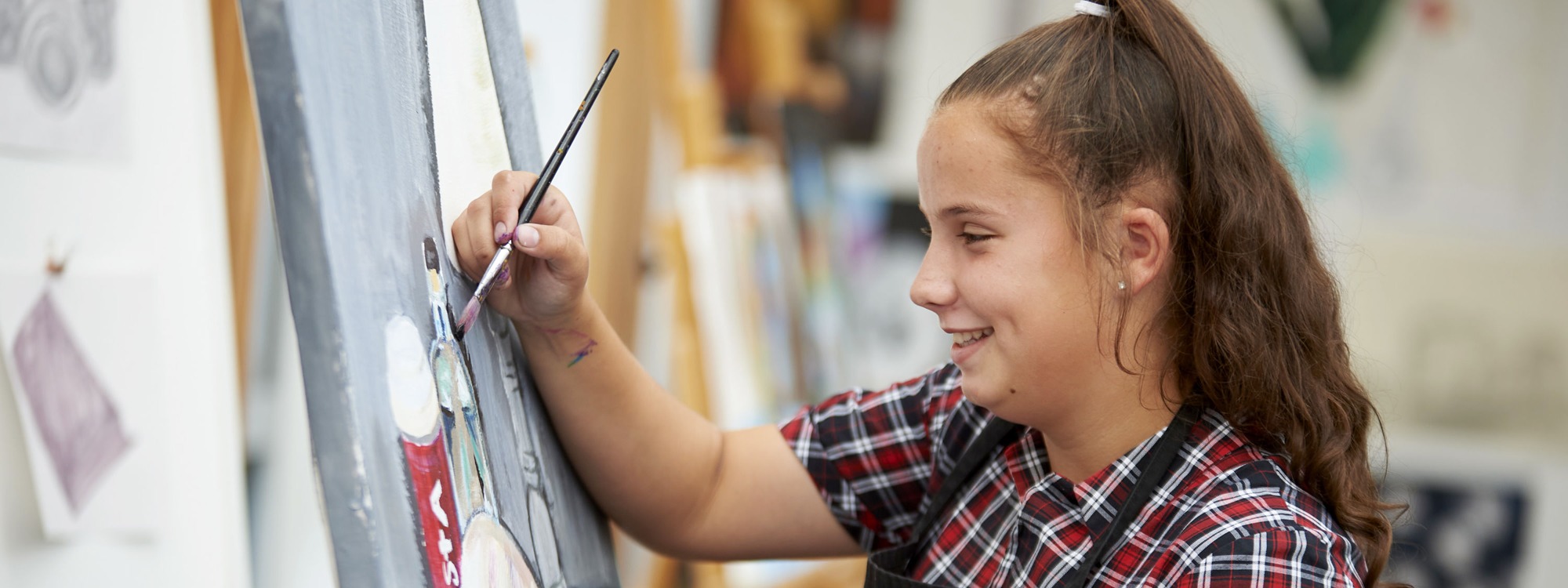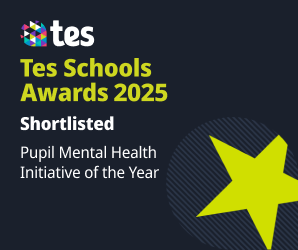Art
What is the intent of our Art Curriculum?
The Art curriculum intent differs across the Key Stages but has as its overall essence the goal of nurturing creativity, developing skills and knowledge in Art, and providing a balance to the broader curriculum. Art provides an educational experience where individuality, creativity, personal expression, and aesthetics are valued over pure fact.
Students in KS3 will be taught foundation skills and knowledge in Art. This includes the study of the Elements of Art, the Principles of Design, Style in Art, Subject Matter in Art, and the use of different Media in Art. This will allow them to answer the question What is Art?
Students will have the experience of creating Art in different media and using different styles and subject matter as their inspiration. Students should gain enough knowledge and skills to allow them to make informed GCSE option decisions. Art at KS3 should provide an accessible, yet challenging Art education that will provide a basic understanding of the Art world and allow them access to Art and visual culture in life.
Students in KS4 will develop their knowledge and skills in Art through the GCSE curriculum. The students will expand and deepen their understanding of Art through the structured approach provided by the OCR assessment outcomes. Students should develop their research skills, writing skills, observational drawing skills, conceptual skills, and technical skills. Students should develop their creativity, problem solving skills, critical thinking skills, confidence, and communication skills. They will develop their understanding of visual language and gain an appreciation of Art. Students will develop a portfolio of Art works that will demonstrate the level of Art education gained.
At a minimum, students should be able to appreciate and engage with visual culture, whereas those who fully engage in the subject will have a deep understanding of the skills and knowledge required to take the study of Art further into KS5.
Students in KS5 will develop their knowledge and skills in Art through the IBVA or BTEC Art and Design curriculums. Both curriculums will develop the student’s knowledge and skills further and allow them to understand being an artist, understand and experience individual art development and working processes at a higher level and provide these students with an understanding of the technical and conceptual requirements for the study of Art beyond 6th Form.
KS5 Art will teach the students time management, independent, creative, and critical thinking skills. It will also expand the student’s appreciation and knowledge of international art making practices and visual culture. KS5 should produce visually literate, creative, individuals who understand not only the question What is Art, but also Why is Art?
Through the study of Art, we aim to develop our students’ knowledge, skills and attitudes in line with the IB learner profile, which aims to develop learners as inquirers, knowledgeable, thinkers, communicators, principled, open-minded, risk-takers, reflective and balanced individuals.
The Art department consists of teaching from KS3 to KS5. We offer the IB MYP Art curriculum in KS3, the OCR Fine Art specification for Art and Design in KS4 and in KS5 we offer the BTEC Art and Design and the IBDP Visual Art courses. Across the curriculums and specifications, we focus on drawing, painting, printmaking, ceramics, textiles and photography and our students create 2D, 3D and mixed media artworks.
Co-curricular and Enrichment opportunities:
- Online Photography Club
- KS3 Art Club
- KS4 Art Lunch Club
- MA&T Workshops
- Trips to Galleries and Exhibitions
- Co-curricular projects collaborated between Art, Drama and Music
- Participation in Art Competitions
- Participation in the Tunbridge Wells Puppetry Festival
- Workshops with Professional Artists
- Collaboration with the Arts Society Pantiles
To view our Academy Art Gallery, please click here.
Years 7, 8 & 9
IB MYP Art
Art stimulates young imaginations, challenges perceptions, and develops creative and analytical skills. Involvement in the arts encourages students to understand the arts in context and the cultural histories of artworks, supporting the development of an inquiring and empathetic world view. Art challenges and enriches personal identity and builds awareness of the aesthetic in a real-world context. MYP Global contexts that are explored through the study of Art, include identities and relationships, personal and cultural expression and globalization and sustainability.
Years 7, 8 & 9
KS3 students start Year 7 with an introduction to the Elements of Art and continue their studies in Art by working with different media, learning about different styles and subject matter, and developing core skills such as observational drawing, mark-making, colour theory and learning how to engage with Art in a theoretical way. Students work in sketchbooks and create larger scale final pieces. Students in KS3 study the art of international artists and cultures and extend their practical skills into craft-based art production. The structure of the Art curriculum helps students learn by allowing them to develop and apply social, thinking, research, communication, and self-management skills. In Years 7-9, students are assessed against the following criterion: Criterion A: Investigating; Criterion B: Developing; Criterion C: Creating and Criterion D: Evaluating.
For further information, click here.
Years 10 & 11
Course Title: Art and Design: Fine Art (J171)
Exam Board: OCR
Qualification: e.g. GCSE
About the course
Fine Art is defined here as the practice of creating work that is primarily for aesthetic, intellectual or purely conceptual purposes, rather than purposes that have a necessarily practical function.
Students must explore, acquire, and develop skills, knowledge and understanding through the application of techniques and processes specific to their chosen area(s) of study of Fine Art. Students must explore practical and relevant critical and contextual sources such as the work of historical and contemporary fine artists and the different purposes, intentions, and functions of fine art as appropriate to their own work.
Students must demonstrate the knowledge, skills and understanding through area(s) of study relevant to Fine Art. Learners are required to work in one or more area(s) of Fine Art. Students at SKA study Art through the following media: Drawing, Mixed-media, Printmaking, Painting and Ceramic sculpture.
How it is assessed
Component 1: Portfolio
Students should produce a portfolio of practical work showing their personal response to either a centre- or learner-set starting point, brief, scenario or stimulus. (60% weighting) (120/200 marks)
Component 2: Externally set task
The early release paper will be issued on 2 January each year and will provide learners with five themes, each with a range of written and visual starting points and stimuli. A response should be based on one of these options. (40% weighting) (80/200 marks)
For further information click here.
Years 12 & 13: Visual Arts
Course Title: Visual Arts
Exam Board: IB
Qualification: IBDP
About the course
The IBVA course is a thought-provoking course in which students develop analytical skills in problem-solving and divergent thinking, while working towards technical proficiency and confidence as art-makers. In addition to exploring and comparing visual arts from different perspectives and in different contexts, students are expected to engage in, experiment with and critically reflect upon a wide range of contemporary practices and media. The course covers the practical and theoretical components necessary with the study of Art. Students begin the course focussing on the art forms of Photography, Ceramics and Textile Art and then develop their exhibition pieces with media of their choice.
Component 1: Comparative Study
Students examine and compare the work of artists from different cultural contexts. They consider the contexts influencing their own work and the work of others. They learn to make art through a process of investigation, thinking critically and experimenting with techniques. Students apply identified techniques to their own developing work and analyse and evaluate their outcomes. The Comparative Study is largely made up of theoretical study, accompanied by a smaller practical component.
Contribution to final grade: 20%
How it is assessed: Externally assessed
Component 2: Process Portfolio
Students develop a Power Point presentation which shows evidence of their sustained experimentation, exploration, manipulation, and refinement of a variety of art-making activities. All practical components are completed in a sketchbook initially and then photographed to be included in the digital Process Portfolio. The Process Portfolio documents the working process of each project that culminates in a final artwork (which is used in the exhibition).
Contribution to final grade: 40%
How it is assessed: Externally assessed
Component 3: Exhibition
Students set up an exhibition of 8–11 artworks, these pieces are the final outcomes of the individual projects that were completed over the two years. This is accompanied by a curatorial rationale and exhibition text for each of the artworks presented. The exhibition is presented at the end of the course of study, in Year 13.
Contribution to final grade: 40%
How it is assessed: Internally assessed
For further information click here.
Years 12 & 13: BTEC Level 3 Extended Certificate in Art and Design
Course Title: BTEC Art and Design
Exam Board: Pearson
Qualification: BTEC Level 3 Extended Certificate in Art and Design
About the course
The qualification gives a coherent introduction to the study of art and design. Learners develop art and design projects and gain an understanding of the creative process. They study visual recording and communication, critical analysis, and production skills to produce art and design outcomes.
Students complete 3 mandatory units and 1 option Unit. Students at SKA study Unit 12 (Fine Art Materials, Techniques and Processes) as their option Unit. This looks at Art created through 2D, 3D and Digital Media. Units are assessed using a grading scale of Distinction (D), Merit (M), Pass (P), Near Pass (N) and Unclassified (U). The grade of Near Pass is used for externally assessed units only. This qualification is equivalent in size to one A Level.
UNIT 1: Visual Recording and Communication
Students investigate, experiment, and explore a range of visual recording materials and methods to express and communicate ideas. Students develop their visual recording and communication skills through exploration and experimentation with materials and methods, gaining confidence in their ability to create work and express and communicate ideas. Students will extend their skills through exploring the work of others, ongoing personal reflection, and the refinement of their own work.
Contribution to final grade: 33%
How it is assessed: This unit is assessed under supervised conditions. Learners will be provided with a theme and a task in January before a supervised assessment period to carry out research and preparatory work and prepare a response. (Externally assessed)
UNIT 2: Critical and Contextual Studies in Art and Design
Learners develop skills in contextual research and visual analysis to critically analyse the work of others and improve their own practice. Students develop contextual research and critical analysis skills. Students investigate the contextual influences on practitioners that drive and underpin their work, they learn how to critically analyse pieces of art and design work, deconstruct images, and think critically about what they see. Students develop these skills through investigation by selecting and sourcing relevant information to gain a full understanding of the work of artists and designers.
Contribution to final grade: 25%
How it is assessed: This unit is assessed under supervised conditions. The assessment is set and marked by Pearson. This task has two parts. Part A is released four weeks before Part B is scheduled for learners to carry out research. Learners are given three hours of monitored sessions scheduled by the centre to compile materials from their research. Part B is a supervised assessment in a single 3.5-hour session timetabled by Pearson. (Externally assessed)
UNIT 3: The Creative Process
Students explore and experiment with the stages of the creative process to develop ideas and produce outcomes. Students explore the activities within the creative process, they experiment with idea generation techniques and contextual research activities. Students develop ideas through use of materials, techniques, and processes, refining their ideas and reviewing their working practices. Students explore ways to present their work and understand the importance of self-reflection and evaluation as an ongoing process.
Contribution to final grade: 25%
How it is assessed: This Unit is assessed through the production of sketchbook work, experimental work, self- evaluations, and the production of a final art piece. (Internally assessed)
UNIT 12: Fine Art Materials, Techniques and Processes
Students are introduced to materials, techniques and processes used in fine art. They explore 2D, 3D and digital materials, techniques and processes used to produce fine artwork and apply fine art materials, techniques, and processes to produce work for a brief. Students then review and reflect on own use of fine art materials, techniques, and processes.
Contribution to final grade: 17%
How it is assessed: This Unit is assessed through the production of sketchbook work, experimental work, self- evaluations, and the production of a final art piece. (Internally assessed)
For further information click here.








